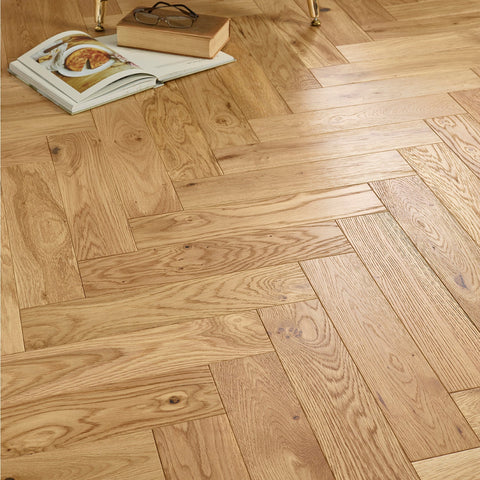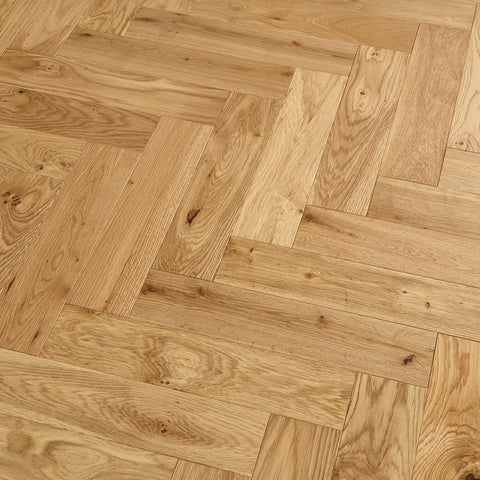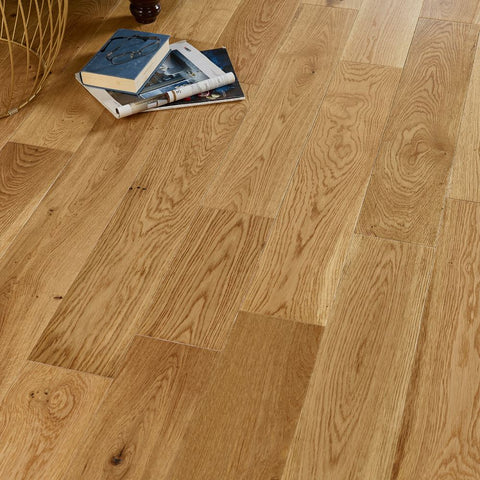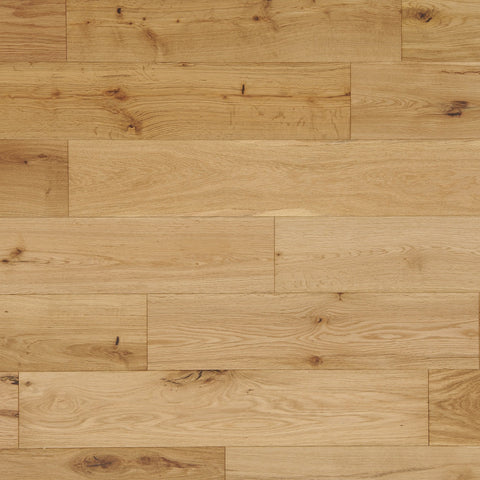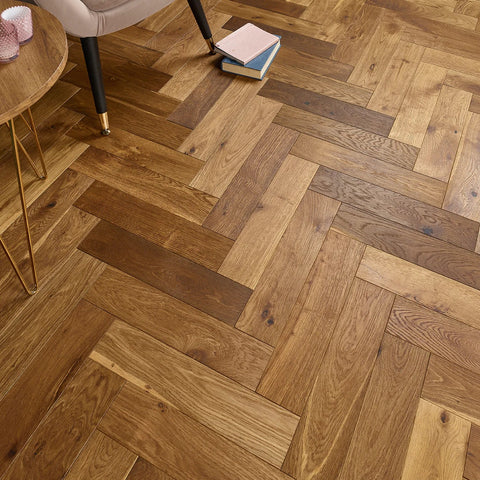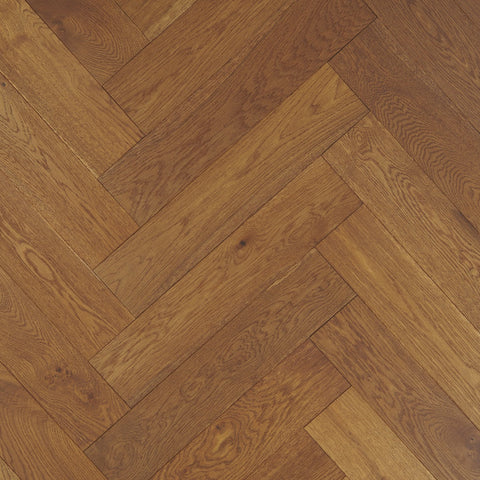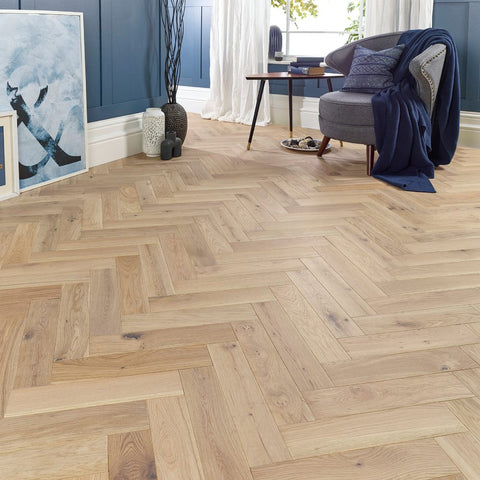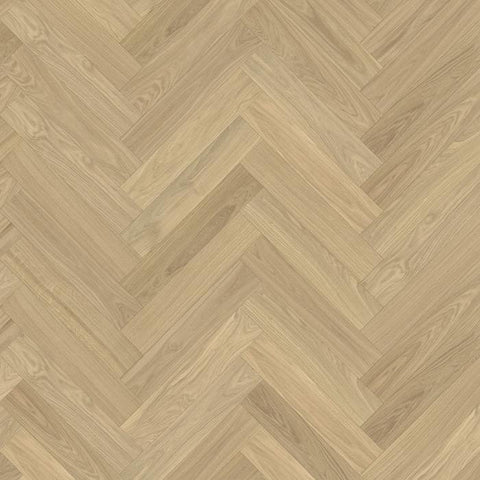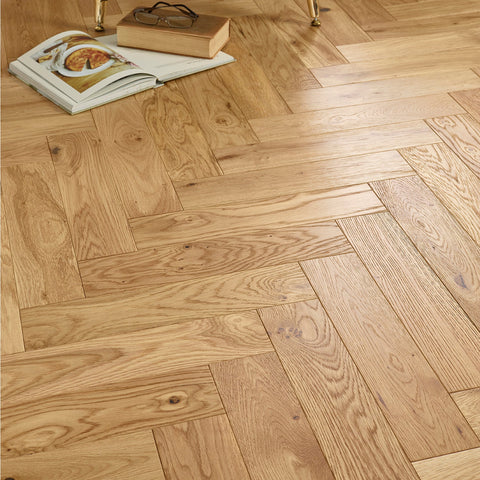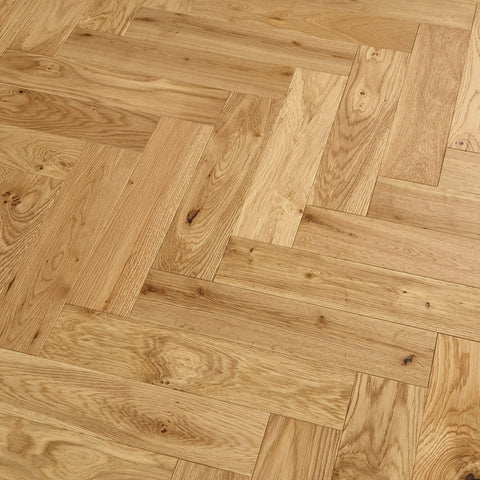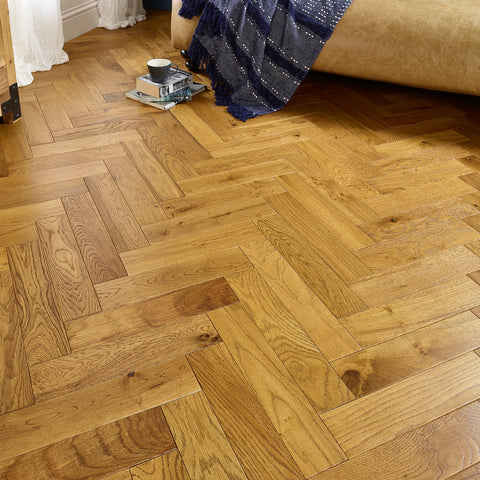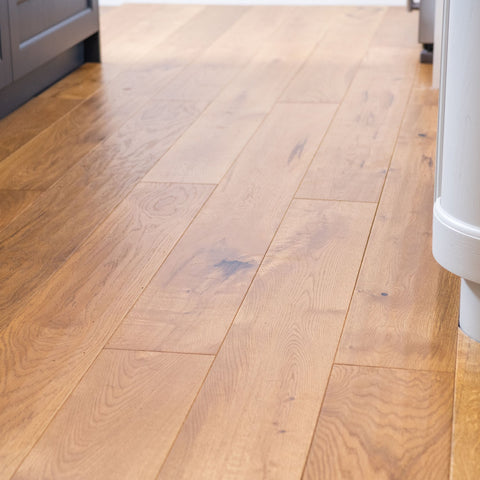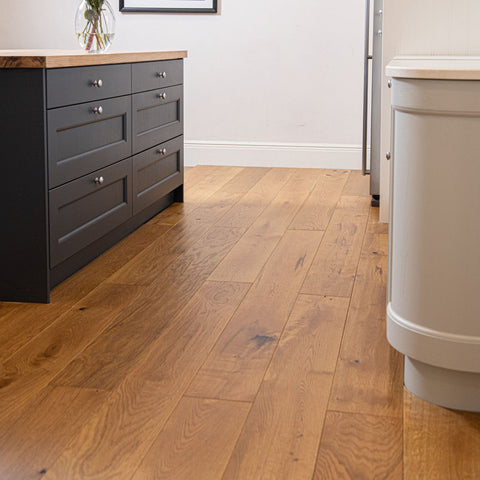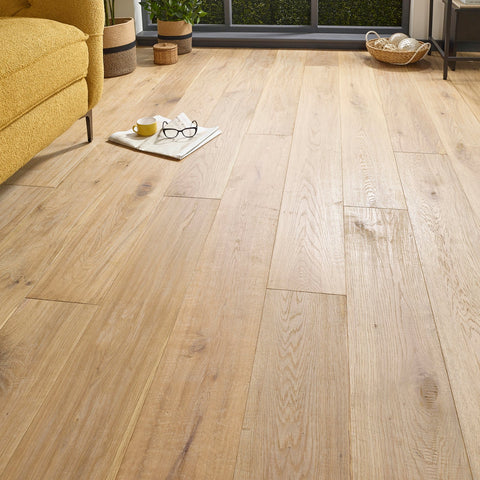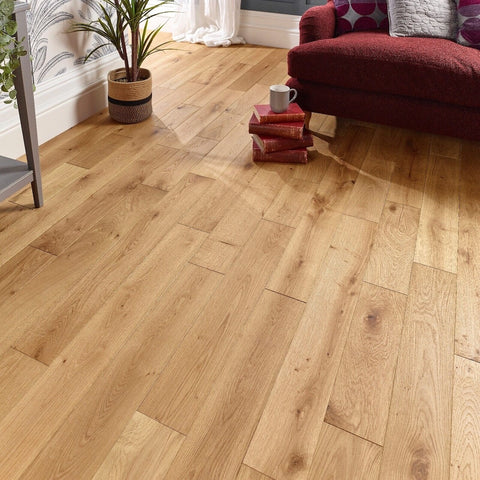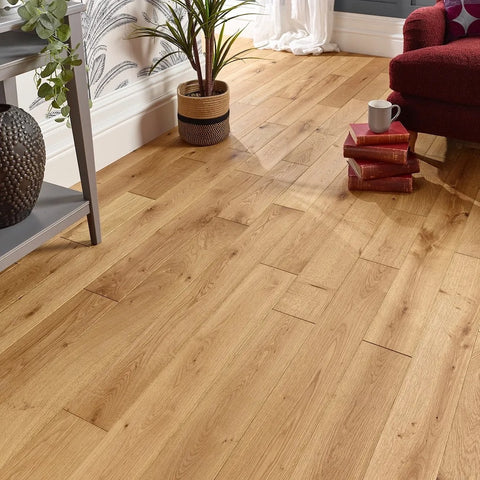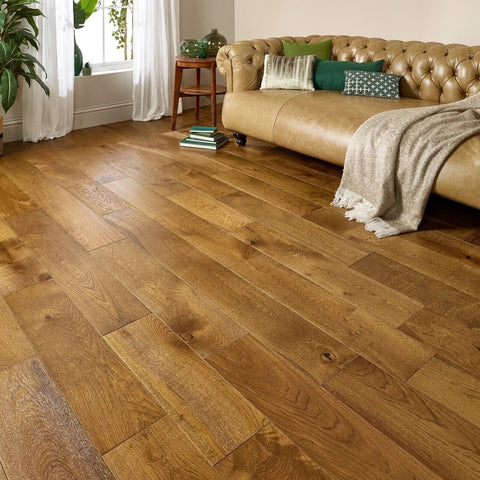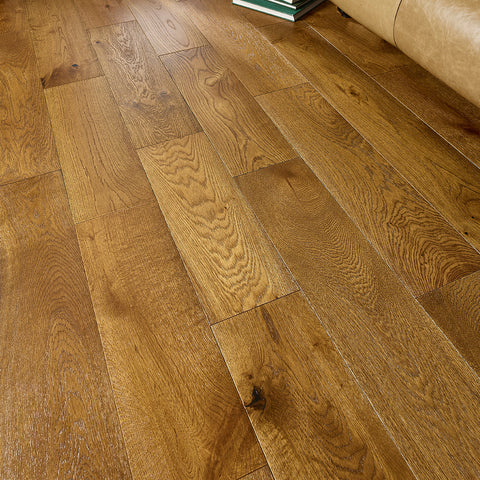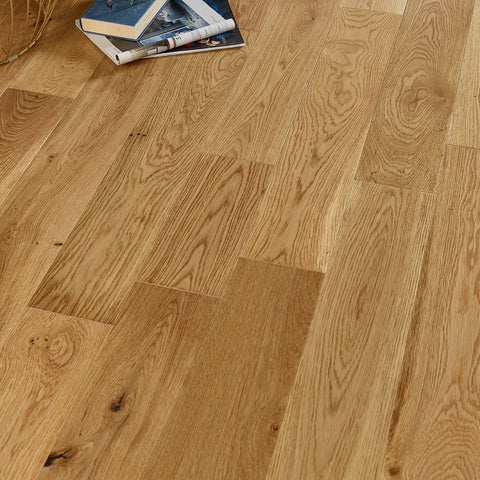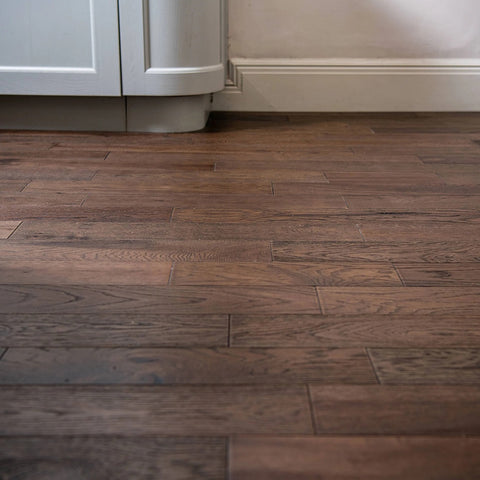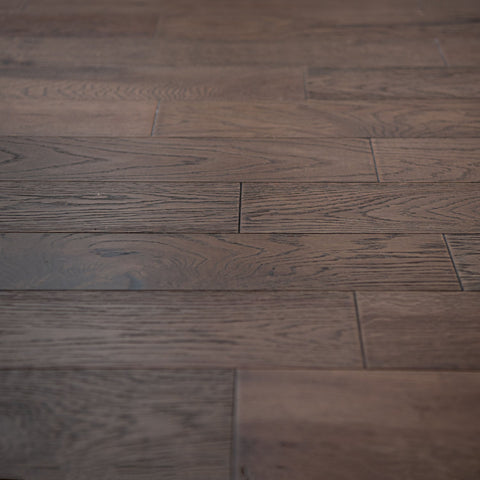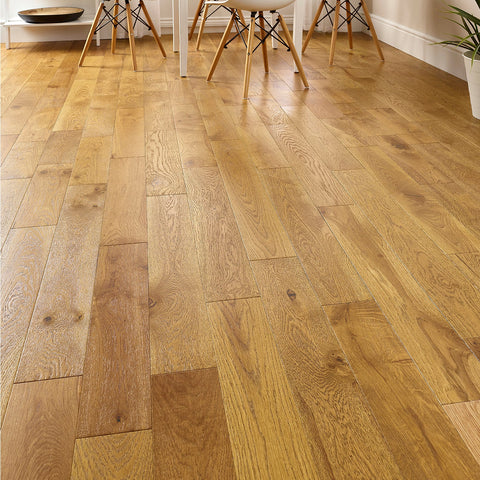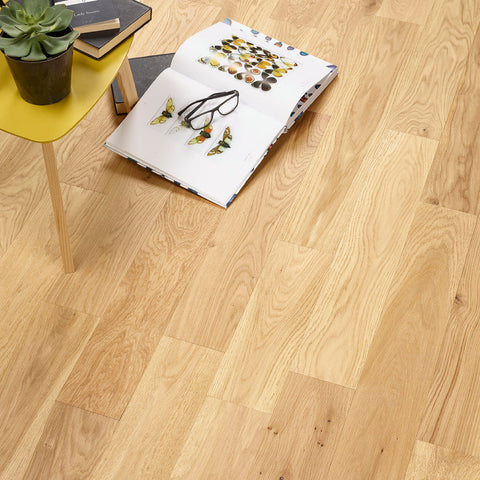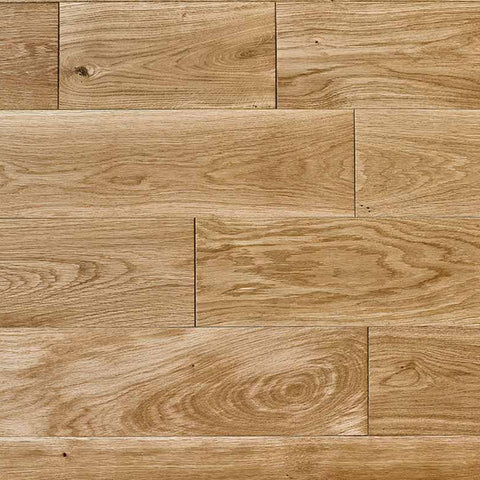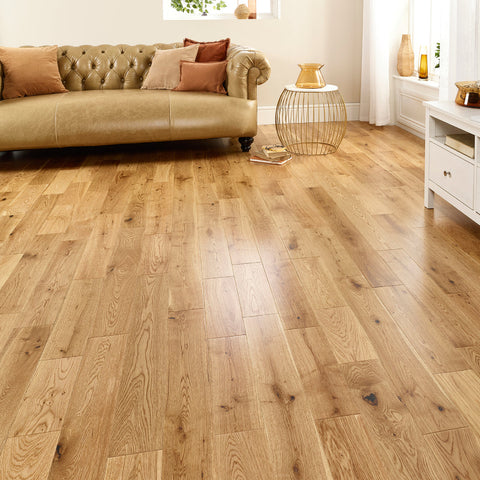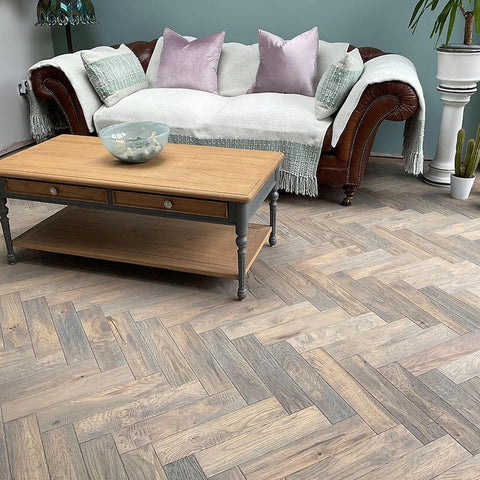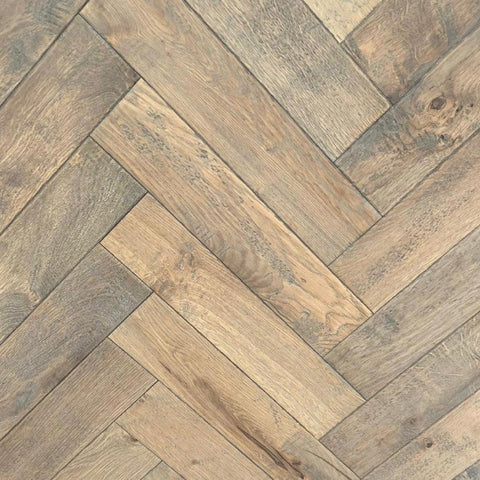Frequently Asked Questions
What are the advantages of installing hardwood flooring in my home?
The advantages of installing hardwood flooring in your home include enhanced durability, timeless aesthetic appeal, and the potential for increased property value. Additionally, hardwood is easy to maintain and can improve indoor air quality by not trapping allergens.
Is oak flooring suitable for high-traffic areas?
Oak flooring is suitable for high-traffic areas due to its durability and strength. Its hard surface resists wear and tear, making it an excellent choice for spaces that experience frequent foot traffic.
Can I install oak flooring myself or should I hire a professional?
Installing oak flooring yourself is possible if you have the right tools and experience, but hiring a professional is recommended for the best results and to avoid costly mistakes.
How do I maintain and clean oak flooring properly?
Maintaining and cleaning oak flooring properly involves regularly sweeping or vacuuming to remove dirt and debris, and using a damp mop with a pH-neutral cleaner to avoid damage. Avoid excessive water and harsh chemicals for best results.
What is the durability of oak flooring compared to other types?
The durability of oak flooring is superior to many other types, offering excellent resistance to wear and tear. Its dense structure makes it a long-lasting choice, often outlasting softer woods like pine while maintaining its aesthetic appeal.
What are the benefits of installing oak flooring in my home?
The benefits of installing oak flooring in your home include its exceptional durability, timeless beauty, and versatility. Oak flooring enhances aesthetic appeal while providing a sturdy surface that withstands daily wear and tear, making it a smart investment for any space.
What types of hardwood flooring are most durable?
The types of hardwood flooring that are most durable include oak, hickory, and maple. These species are known for their hardness and resistance to wear, making them ideal choices for high-traffic areas in your home.
Is hardwood flooring suitable for high-traffic areas?
Hardwood flooring is suitable for high-traffic areas due to its durability and resilience. With proper maintenance and the right finish, it can withstand heavy foot traffic while maintaining its beauty and structural integrity.
What maintenance is required for hardwood flooring?
The maintenance required for hardwood flooring includes regular sweeping or vacuuming to remove dirt and debris, occasional damp mopping with a suitable cleaner, and applying a protective finish as needed to preserve its beauty and durability.
How does oak flooring compare to other woods?
Oak flooring stands out for its durability, rich grain patterns, and versatility compared to other woods. It offers a warm aesthetic, making it a popular choice for various interior styles, while also being relatively resistant to wear and tear.
What styles of oak flooring are available?
The styles of oak flooring available include various finishes, shades, and textures, such as natural, stained, and distressed options, allowing you to choose the perfect fit for your aesthetic and functional needs.
Can hardwood flooring be installed in kitchens?
Hardwood flooring can indeed be installed in kitchens. However, it's essential to choose a durable finish and ensure proper maintenance to protect against moisture and spills.
What finishes are best for oak flooring?
The best finishes for oak flooring include oil-based polyurethanes for durability, water-based finishes for a quick drying time, and natural oils for a more authentic look. Each option enhances the wood's natural beauty while providing protection.
How does humidity affect hardwood flooring?
Humidity significantly affects hardwood flooring by causing it to expand in high humidity and contract in low humidity. This fluctuation can lead to warping, gaps, or buckling, impacting the flooring's durability and appearance.
What is the lifespan of oak flooring?
The lifespan of oak flooring is typically around 25 to 30 years, depending on maintenance and usage. With proper care, it can last even longer, making it a durable and long-lasting choice for your home.
Are there eco-friendly options for hardwood flooring?
Eco-friendly options for hardwood flooring are available, including sustainably sourced wood and products with low VOC emissions. These choices help reduce environmental impact while providing the beauty and durability of hardwood flooring.
How to choose the right hardwood flooring colour?
Choosing the right hardwood flooring colour involves considering your existing decor, the size of the space, and the desired ambiance. Lighter shades can make a room feel larger, while darker tones add warmth and richness.
What are the installation methods for oak flooring?
The installation methods for oak flooring include nail-down, glue-down, and floating installation. Each method offers unique advantages, allowing you to choose the best fit based on your subfloor type and personal preference.
Can I use rugs on hardwood floors?
Rugs can be used on hardwood floors. They not only add warmth and style but also protect the flooring from scratches and wear. Just ensure to use a non-slip pad to prevent slipping.
What are common issues with hardwood flooring?
Common issues with hardwood flooring include scratches, dents, warping due to moisture, and fading from sunlight exposure. Regular maintenance and proper installation can help mitigate these problems and prolong the life of your flooring.
How to prevent scratches on oak flooring?
Preventing scratches on oak flooring involves several key practices. Use felt pads under furniture, regularly clean with a soft broom or vacuum, and avoid wearing shoes with hard soles indoors to maintain the floor's pristine condition.
What is the best way to clean hardwood floors?
The best way to clean hardwood floors is to regularly sweep or vacuum to remove dirt and debris, followed by damp mopping with a wood-safe cleaner to maintain their shine and protect the finish.
How does oak flooring perform in moisture-prone areas?
Oak flooring performs reasonably well in moisture-prone areas, but it is essential to maintain proper humidity levels to prevent warping or damage. Using a moisture barrier and ensuring adequate ventilation can enhance its durability in such environments.
What are the costs associated with hardwood flooring?
The costs associated with hardwood flooring include the price of the flooring material, which varies by type (engineered or solid wood), as well as installation fees, underlayment, and any necessary finishing treatments.
How to repair damaged oak flooring?
Repairing damaged oak flooring involves assessing the extent of the damage, sanding down the affected area, and applying a matching wood filler or stain. Finally, seal the repair with a protective finish to restore its original appearance.
What are the best underlay options for hardwood?
The best underlay options for hardwood include foam, cork, and rubber. Foam provides cushioning and sound absorption, cork offers thermal insulation and moisture resistance, while rubber is durable and excellent for soundproofing, making them ideal choices for a hardwood floor installation.
Is engineered wood flooring as durable as solid wood?
Engineered wood flooring is nearly as durable as solid wood. While solid wood has a longer lifespan and can be refinished multiple times, engineered wood offers excellent stability and resistance to moisture, making it a practical choice for various environments.
What are the benefits of solid oak flooring?
The benefits of solid oak flooring include its exceptional durability, timeless beauty, and natural resistance to wear and tear. Additionally, oak flooring can be refinished multiple times, extending its lifespan and allowing for style updates over the years.
How to acclimate hardwood flooring before installation?
Acclimating hardwood flooring before installation is essential. To do this, place the flooring in the installation area for at least 48 hours, ensuring the room's temperature and humidity levels are stable to allow the wood to adjust properly.
What are the trends in hardwood flooring designs?
The trends in hardwood flooring designs include a preference for wider planks, natural finishes that highlight the wood's grain, and mixed materials that combine wood with other elements. Additionally, sustainable sourcing and reclaimed wood are gaining popularity among eco-conscious consumers.
